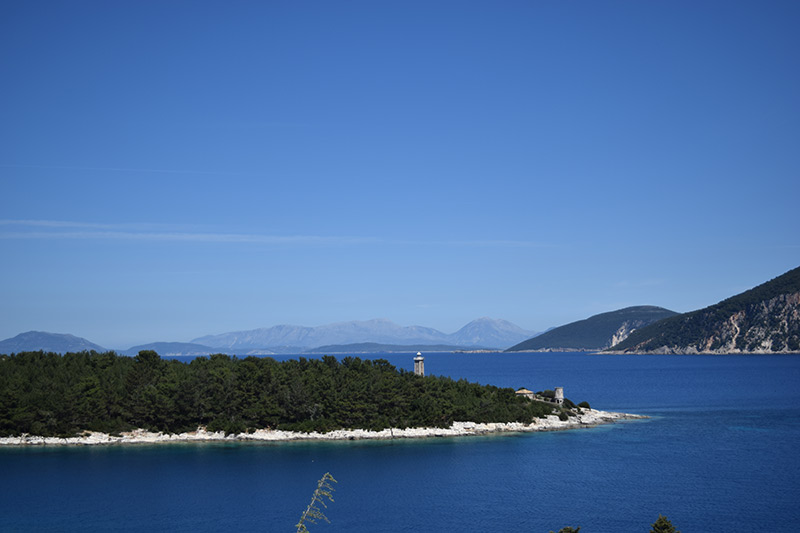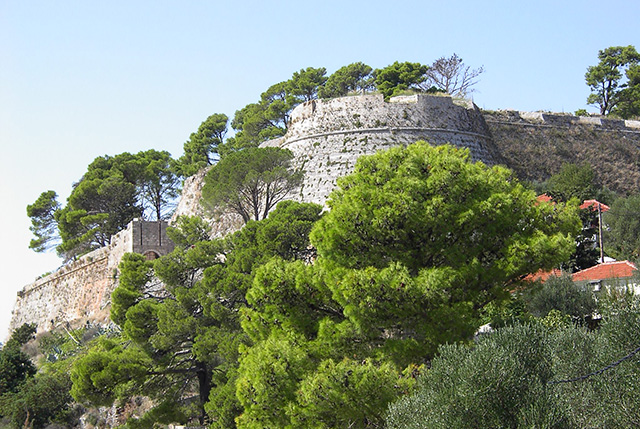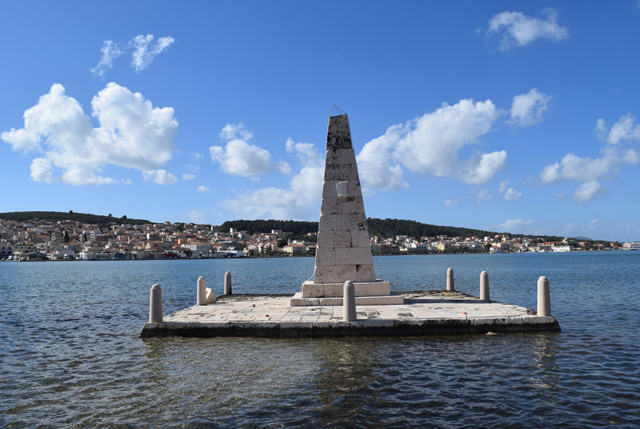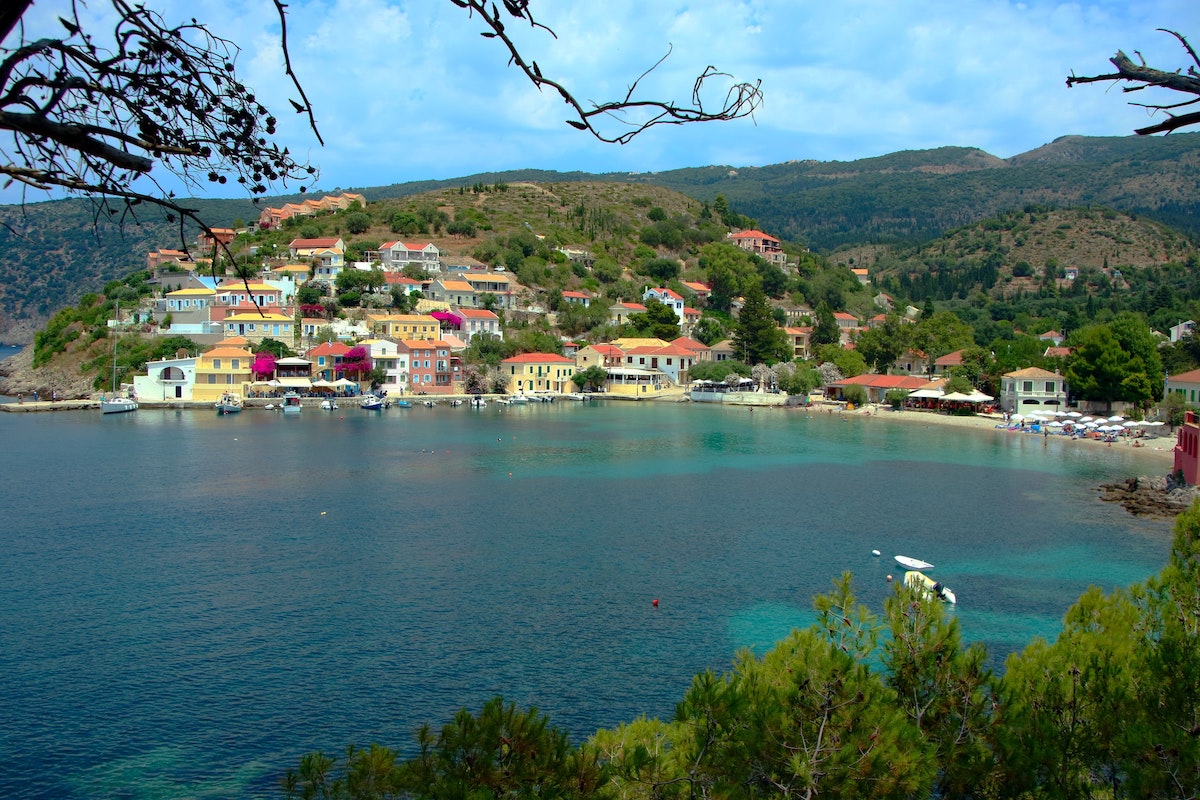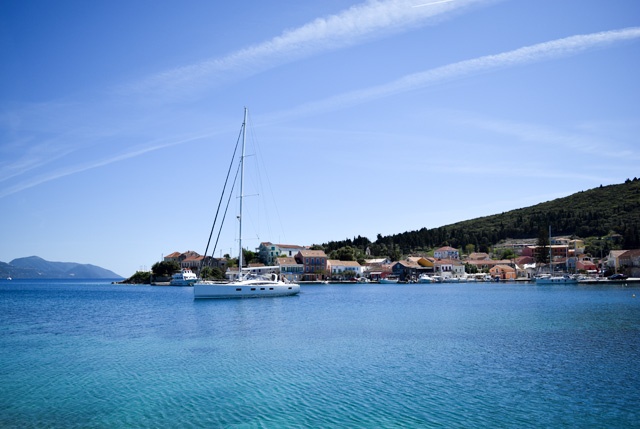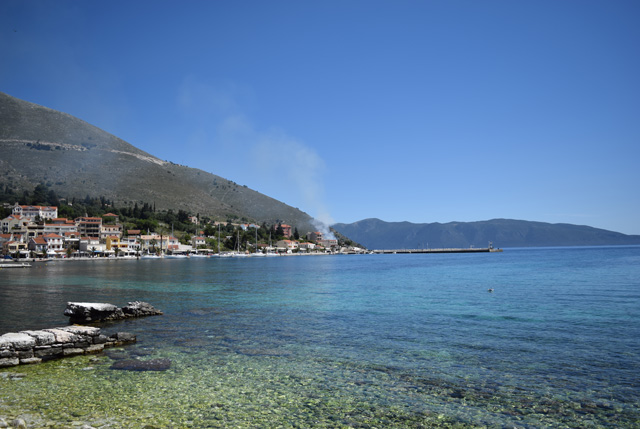
SCROLL
Must See

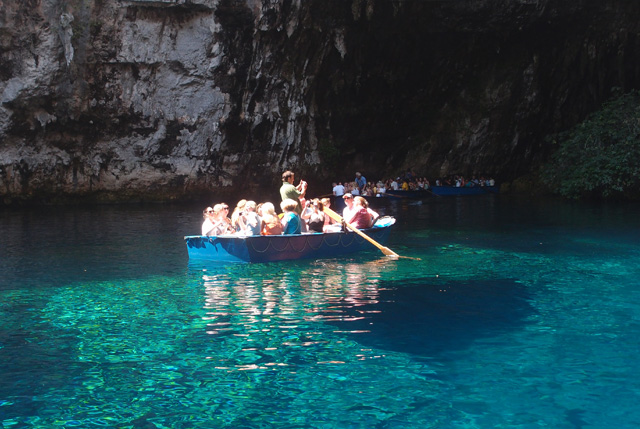
Cave of Melissani
Unique colors and a rare geological phenomenon by world, you will meet here in Melisanis Cave. It is located 2 km northwest of Sami, in Karavomilos. The natural entrance to the cave is vertical (measuring 40 × 50 m) and was created by the collapse of a section of the roof, probably by an earthquake.
The cave Melissanis is located 20 m below the surface, has a length of approximately 160 m and a depth of 10 m to 40 m. Stalactites of an age of 20,000 years with strange shapes adorn most of the cave.
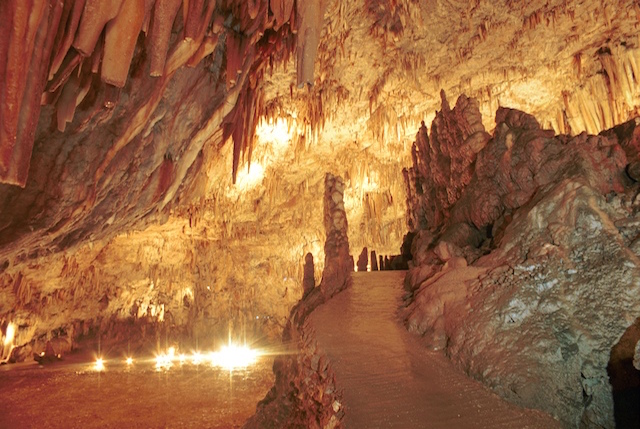
Cave Drogaratis
The only cave in Greece, where are organized many concerts is the Droaoratis cave, in Kefalonia. Its central hall is exceptionally large with dimensions 65 × 45 meters and a height of 20 meters and acoustics is unique!
Geologically, the cave Drogaratis noteworthy in the most important of the Greek area: stalactites and stalagmites of age more than a hundred million years make up the unique landscape, while the temperature does not exceed 18 degrees Celsius. The depth of the cave Drogaratis reaches the 95 meters.
The churches, from the smallest ones to the most important monastery, are an integral part of people's lives and the landscape of the towns, villages, and the environs of the island in general.
Monastery of Themata in Pilaros
This incredibly old Monastery of Kefalonia is built on the slope of Agia Dinati near Makriotika. It was founded in the late 10th century, in a green location, through a forest of oaks.
Monastery of Kipouria
The Monastery counts more than 250 years of existence, having been established in 1759 by Archimandrite Chrysanthos Petropoulos from Paxos, who dedicates it to the Annunciation.
Saint Gerasimos
It is located on the plateau of Omala and it is the largest religious monument in Kefalonia having been established in 1560 by Saint Gerasimos, the patron saint of the island.
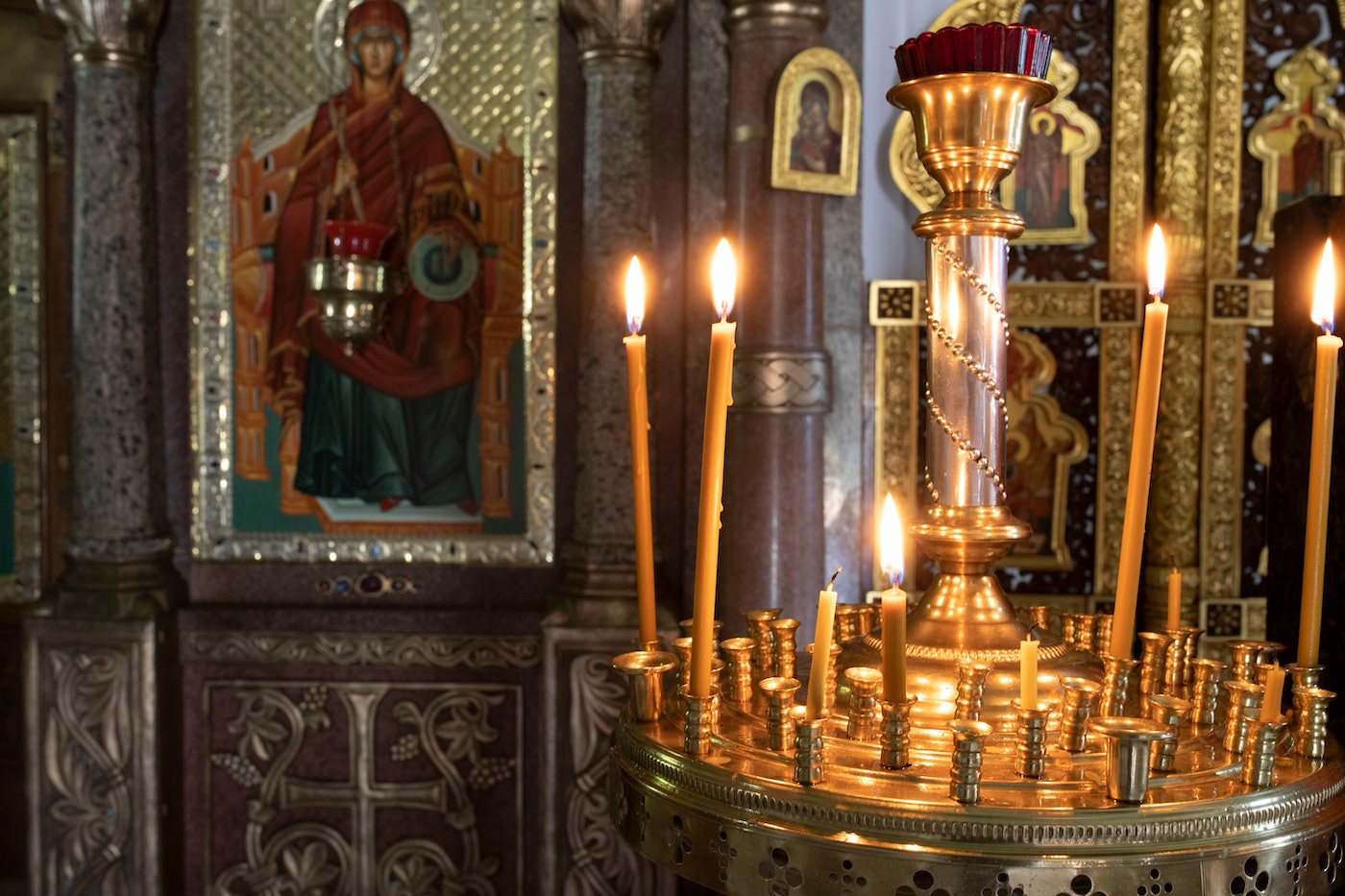
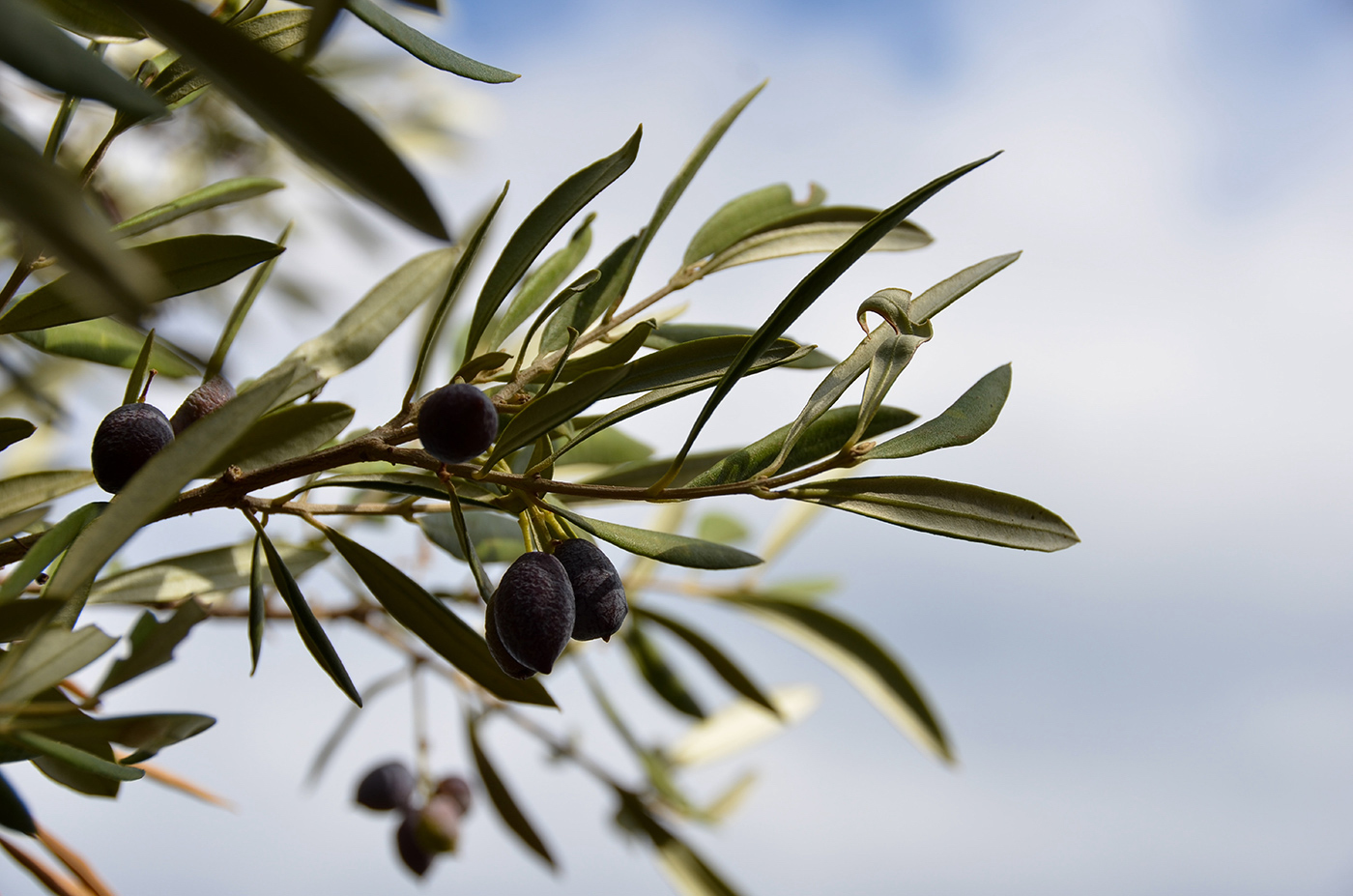
The rich history of Kefalonia, the particularities of its natural environment and also the traditions of past centuries are presented in a number of museums and cultural centers throughout the island.
Museum of Olive in Pilaros
The Museum of Olive in Pilaros is in Makriotika. The old oil mill of church of St. Demetrius, which houses the museum , is itself the greatest showpiece!
Nautical and Environmental Museum
The Maritime and Environmental Museum of Fiskardo hosts a complete record of the natural environment and marine fauna of Kefalonia, the wetland of Lixouri and the National Park of Ainos, the Caves of Melissani and Drogarati.
Korgalenio Historical and Folklore Museum
Everyday objects of people of Kefalonia, furniture, tools, appliances, artwork, religious artifacts, and historical documents are the objects housed in the halls of Korgialenio Historical and Folklore Museum of Argostoli.
Lakovatios Library of Lixouri
There are a lot of things to admire in Iakovatios Library of Lixouri: thousands of books dating from the early 16th century to today, a museum of objects from Kefalonia from the same period.
Archeological Museum of Argostoli
In the three halls of the Archaeological Museum of Argostoli, the visitor can admire the exhibits from the paleolithic period to the after roman period.
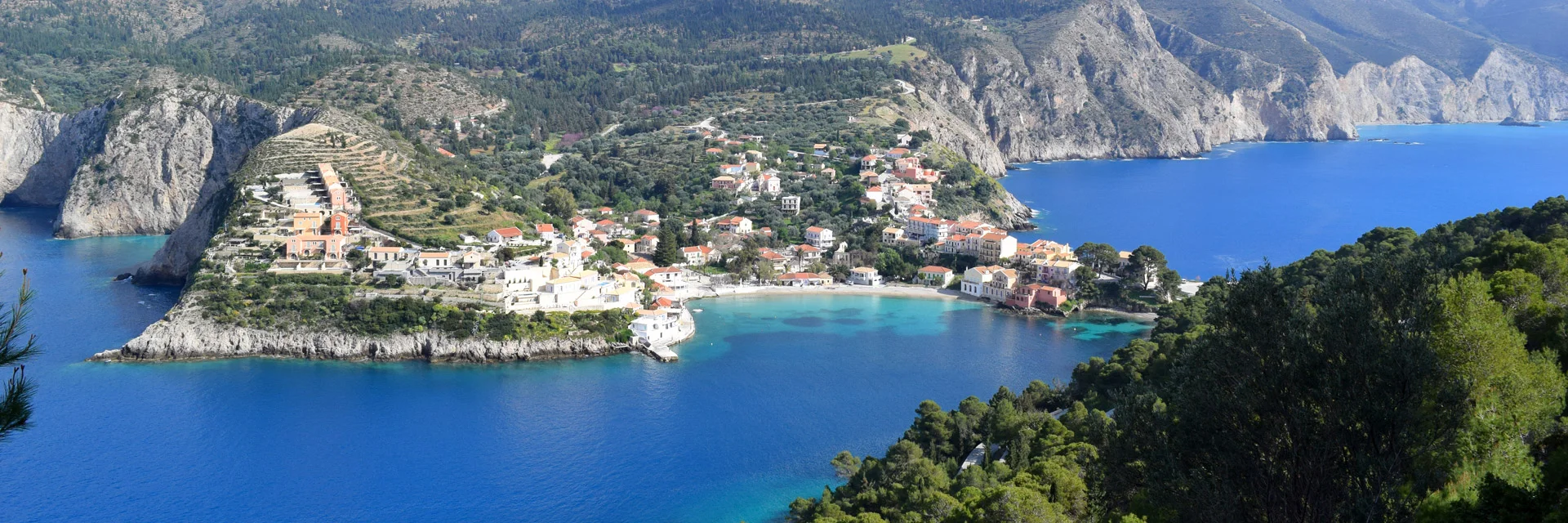
Kefalonia is a place of rich natural beauty and great historical importance with attractions that win the visitor.
In the field of culture, the people of Kefalonia have boasting about a series of monuments, which are forever reminiscent of special moments in its history, but are also great works of art.
The Lighthouses of Fiskardo
The old, Venetian conquerors of the area built in the 16th century the oldest of the Lighthouses of Fiskardo, the one called "Venetian" and the other, modern lighthouse was built in the late 19th century, in 1892 and essentially replaced the old, they stand together both on the edge of Fiskardo.
Castle of Assos
It was the Venetians conquerors of Kefalonia who decided that peninsula of Assos, this small piece of land in the sea , joined with the rest of the island only by a narrow strip of land only would be an ideal site to build a castle - fortress that will protect the island from any would-be attackers . The work began by thousands of local people in 1593 and was completed two years later.
Bridge of Devoseto
The large stone bridge that dominates the gulf of Argostoli is the work of the Swiss Charles-Philip De Bosset or in Greek, Devosetos. It was built in 1813 by an engineer by profession, then military commander of Kefalonia and an officer of the English army.
Castle of Saint George
The castle of Saint George is built on a hilltop in Peratata outside Argostoli n the 12th century BC by Byzantine Emperors. Subsequent interventions, especially by the Venetians improved it and it remained the capital of Kefalonia till 1757.
Argostoli
Capital of Kefalonia is the city of Argostoli. An attractive little city with a population of around 10,000 inhabitants. Argostoli is surrounded by low green hills and is located in the middle of the bay of a natural harbor, which is one of the safest in the Mediterranean. At the edge of the bay next to Argostoli lies the lagoon of Koutavos, with lush vegetation and a forest with very tall eucalyptus trees. In Argostoli you will find many attractions, museums, public services, and banks, as well as public transportation for the entire island of Kefalonia.
Lixouri
Lixouri is one of the most popular tourist destinations in Greece and the second largest city of Kefalonia. Here you will find many hotels and inns, restaurants, little charming cafes and several bars to enjoy an evening drink. Lixouri is the homeland of the great Greek satirical poet Andreas Laskaratou. His statue, decorating the citys promenade has his back turned towards Argostoli, according to tradition.
Assos
In the northern part of Kefalonia lies a beautiful village, Assos, belonging to the municipality of Erisos. The village is built like an amphitheatre around the peninsula, surrounded by pine and cypress trees awaiting the visitor to discover it. Prepare your camera because the scenery is unique. It is a traditional village which has retained the traditional Ionian architecture for the most part.
Fiscardo
Fiscardo is located in the north of Kefalonia. It is the best place to make day trips to Ithaca and Lefkada, since it offers a ferry connection as well as a large marina if you are a boat owner. It is the most cosmopolitan area of Kefalonia with excellent hotel facilities, superb restaurants, and a large variety in nightlife. Despite its cosmopolitan profile, the architectural tradition of the island is kept unaffected. In Fiscardo one will be amazed from the preserved houses with red tiles and small balconies with colorful railings.
Agia Efimia
Agia Efimia is a beautiful small fishing village and a picturesque harbour that attracts every year many visitors and sailing boats. Agia Efimia is the capital of the Municipality of Pylaros and lies right across the island of Ithaca. You will come across Agia Efimia driving from Sami to the famous Myrtos Beach. Beautiful villages and beaches such as the Lithovati Beach await you to. The small chapel in the harbor stands impressively and adds a romantic touch to the magnificent landscape.
Poros
Poros is the third port of Kefalonia and simultaneously a very pretty village which combines the mountain and the sea. It is located on the southeastern coast of Kefalonia and belongs to the Municipality of Elios-Pronni. The area has great archaeological interest because one of the four ancient cities of Kefalonia was located here.
Skala
Skala is in the southern part of Kefalonia and is a relatively new village. It was build after the big earthquake of 1953, after the oldest village was completely destroyed. Each summer brings a fairly large number of tourists to this area; who enjoy the very long and sandy beach of Skala. It is about 12km from Poros. Skala offers a lot of hotels, apartments, restaurants, and cafes providing a comfortable accommodation in a peaceful environment.
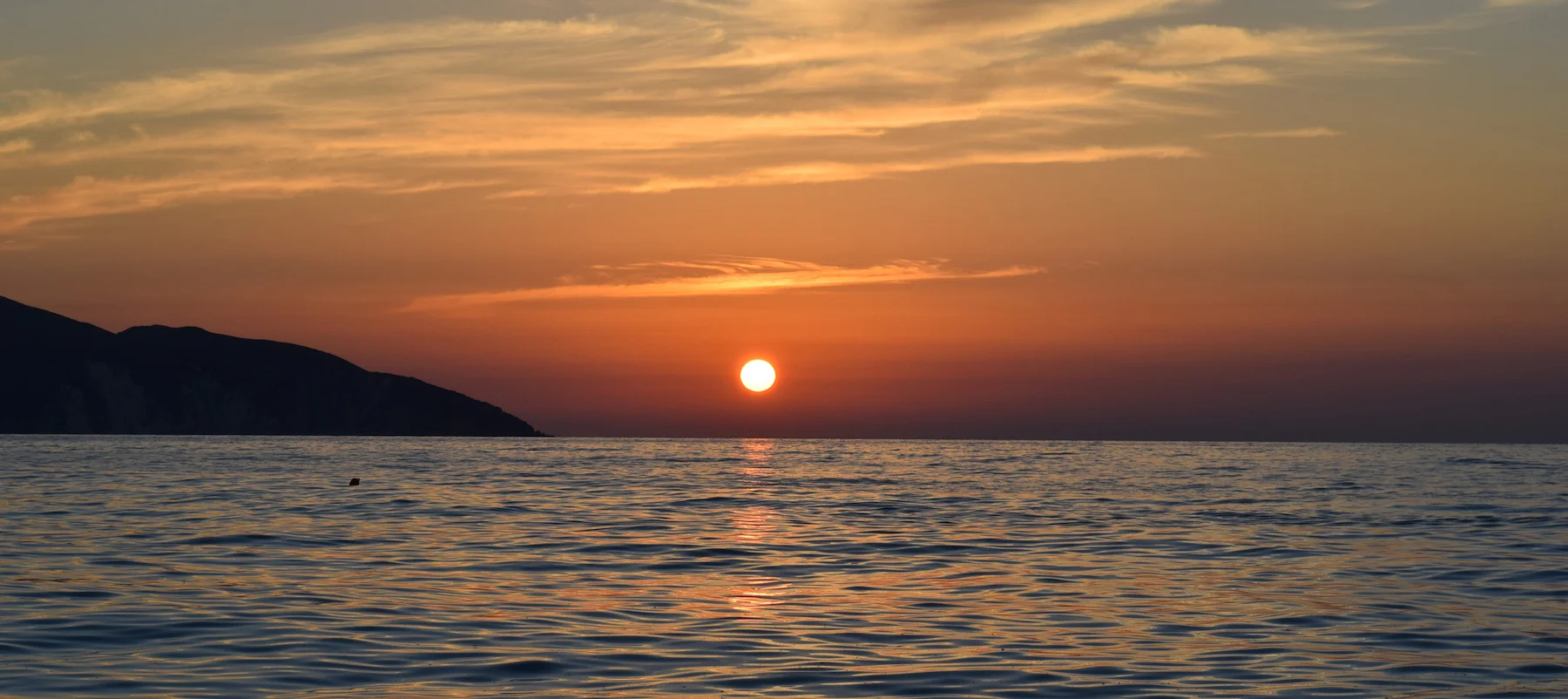
Bottom / Footer (en)

CONTACT DETAILS

AWARDS
 |
 |
 |
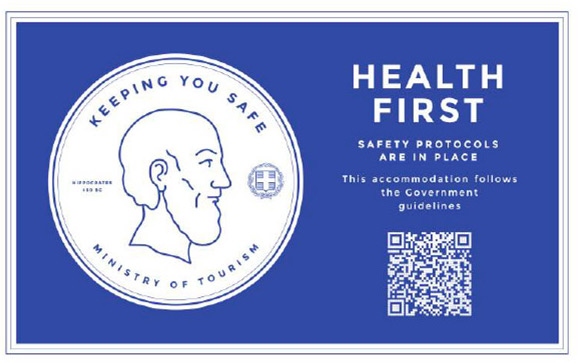 |
© 2021- 2023 SUNRISE BAY APTS | Design & SEO by: Sami Computers - kefalonia.website

